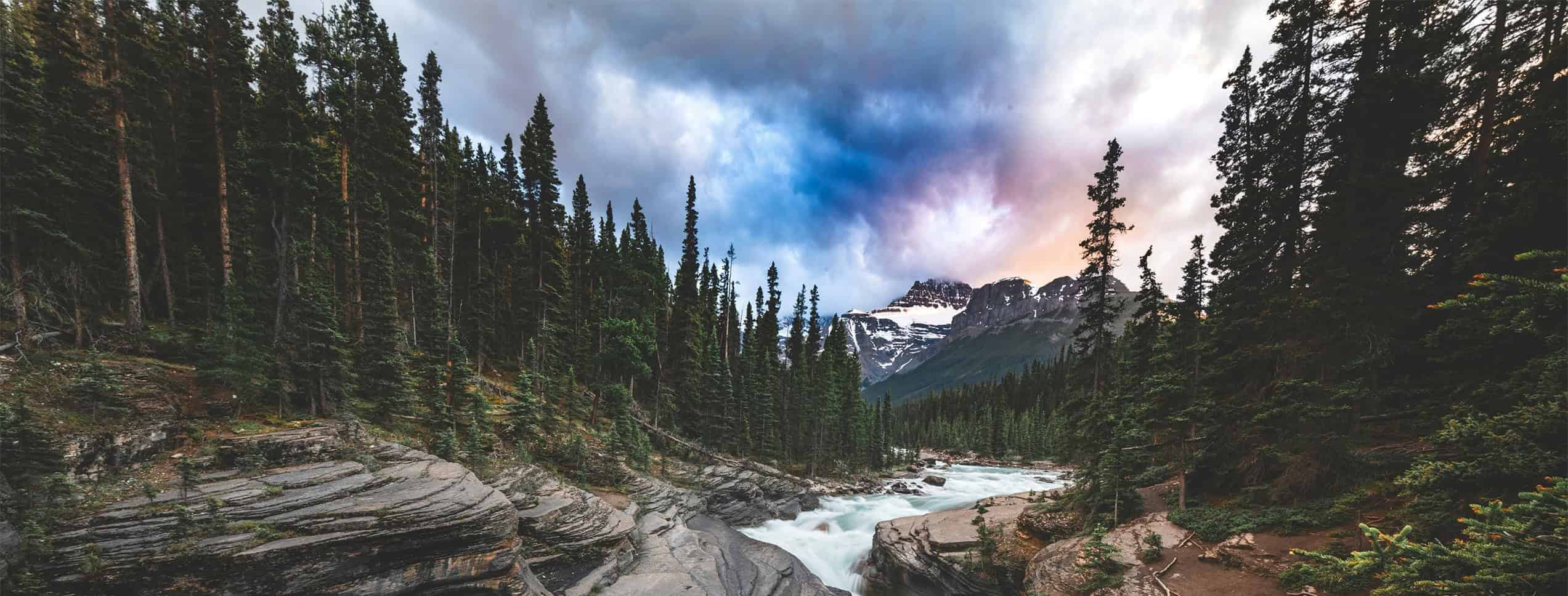Overview
Radiation serves as a cornerstone of non-destructive testing and quality assurance in industries like manufacturing, oil & gas, construction, and aerospace, establishing industrial radiography as a sought-after discipline. This course will allow you to unlock a rewarding, high-demand career in non-destructive testing.
This course encompasses the entire spectrum of radiation safety training including a comprehensive grounding in the use of exposure instruments and the regulations of the Canadian Nuclear Safety Commission (CNSC). Hands-on training will introduce you to the operation of radiation detection instruments, the biological effects of ionizing radiation, and emergency procedures.
This course will give you the practical skills and theoretical foundation to use the exposure device effectively and safely and prepare you for CGSB certification, a vital credential for a radiography professional.
This course is ideal if you:
- are interested in starting or advancing a career in industrial radiography ornon-destructive testing
- are seeking CGSB certification to comply with industry and regulatory requirements
- work in welding, manufacturing, or quality assurance and require radiation safety experience
- desire practical experience with exposure tools, radiation measuring instruments, and emergency procedures to ensure workplace safety and regulations.
To be successful in this course, we recommend you have:
- a clear understanding of the eligibility requirements to apply for Exposure Device Operator certification based on your unique education and work experience profile
- a high school diploma
Upon successful completion of this course, you'll be able to:
- explain the controls and standards related to the field of radiography
- explain radioisotope activation and decay using Bohr’s atomic model
- discuss the principles of ionization
- measure radiation exposure
- examine the biological effects of radiation
- perform radiation detection and measurement
- use time, distance and shielding to protect living tissue from ionizing exposure
- practice safe operating procedures as outlined in the cnsc regulations follow emergency procedures with a mock radioisotope.
To request a course outline, contact ConEdAdvising@sait.ca.
A passing grade to obtain Exposure Device Operator certification is minimum of 75%.
Upcoming dates
Select an available section and add it to your cart. When you're ready, proceed to check out to sign into your student account and complete your registration.
Don't have a student account? Let's set one up!
Registration closes seven days before the start date for on-campus, online scheduled, and blended courses, and one day before the start date for online self-paced courses.
After you've completed this course
Upon successful completion of this course, you'll be able to self-print a proof of completion document from your Continuing Education student account.
Costs
Textbook and reading list
All learning materials are included in the purchase of this course. If you would prefer a physical copy of the course module you may purchase them from SAIT’s Bookstore.
Technology
To be successful in this course, you’ll need:
- Access to your own computer or laptop with standard hardware/software requirements.
- Internet access
Additional supplies
The following equipment and PPE are required for the first day of this course:
- Scientific calculator
Proctering fees for the final exam in this course will apply.
Financial support
Financial opportunities are available to help pay for your course fees. Learn more about how to reduce your education or training costs with available awards, bursaries, loans and grants, including the Canada Alberta Productivity Grant.

Train your team
Interested in group training opportunities for this course? Tell us about your organization's needs, and one of our training consultants will contact you within one business day.

Oki, Âba wathtech, Danit'ada, Tawnshi, Hello.
SAIT is located on the traditional territories of the Niitsitapi (Blackfoot) and the people of Treaty 7 which includes the Siksika, the Piikani, the Kainai, the Tsuut’ina and the Îyârhe Nakoda of Bearspaw, Chiniki and Goodstoney.
We are situated in an area the Blackfoot tribes traditionally called Moh’kinsstis, where the Bow River meets the Elbow River. We now call it the city of Calgary, which is also home to the Métis Nation of Alberta.